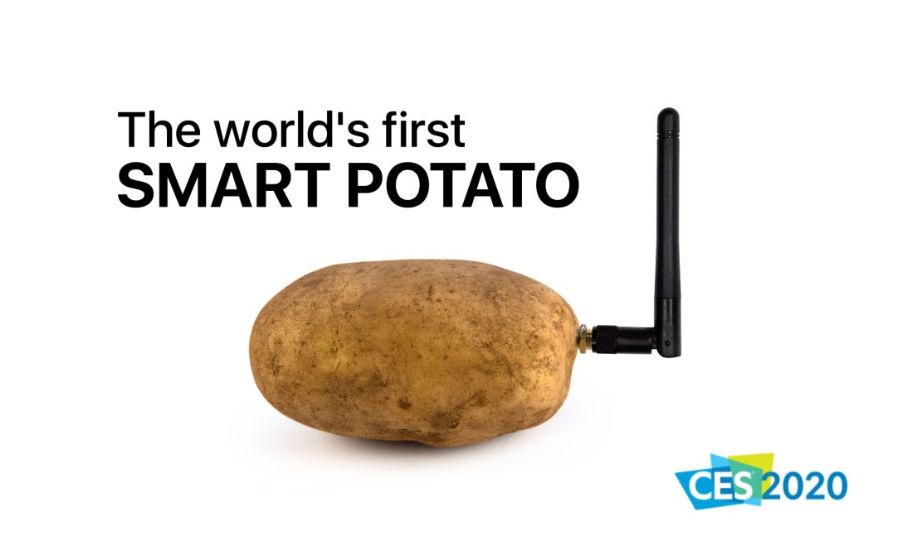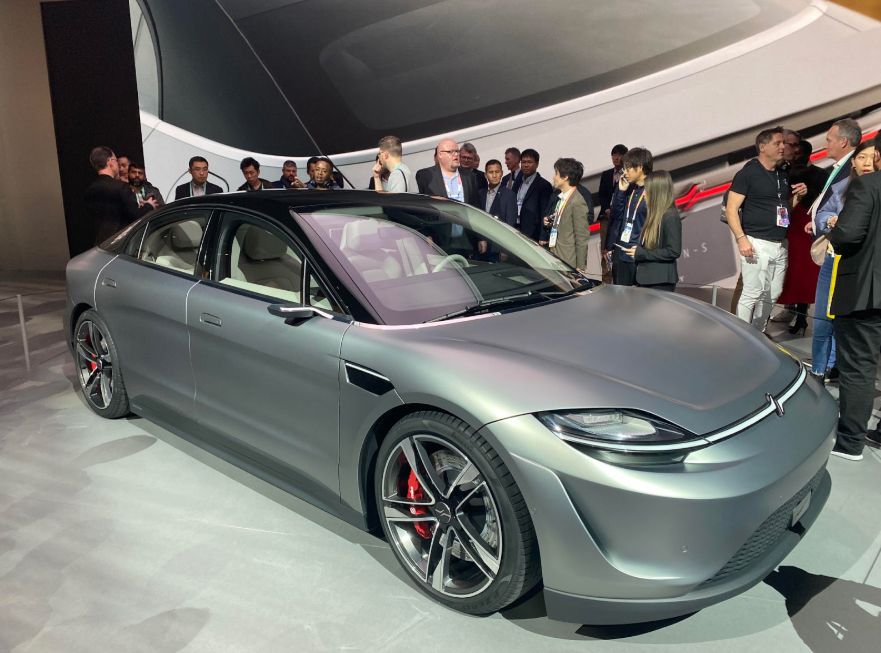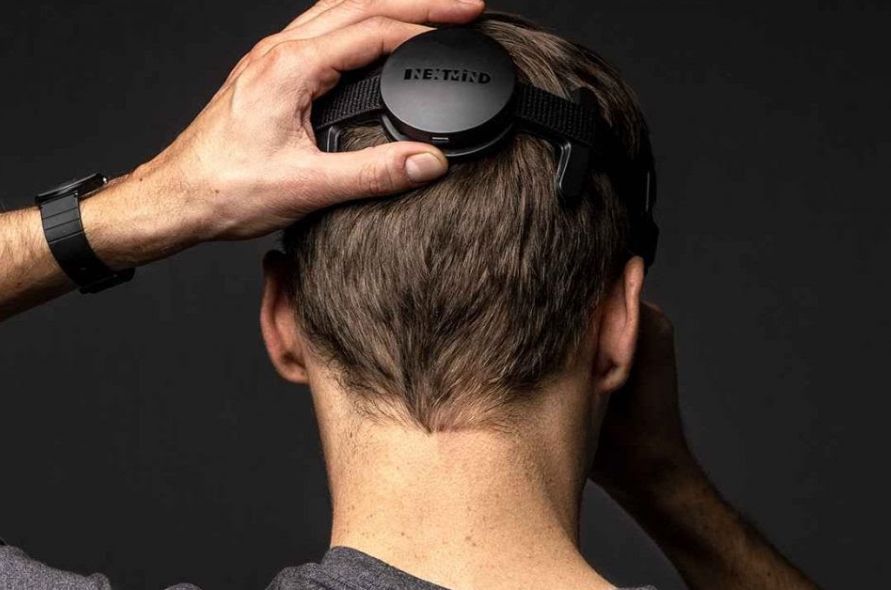Le Consumer Electronics Show, c’est LE grand rendez-vous de tous les passionnés de technologies futuristes. Comme chaque année, LA grande messe de l’innovation technologique mondiale regroupe entreprises et start-up du monde entier qui se bousculent pour se faire une place et espérer attirer la lumière sur leurs innovations. Innovations pertinentes, disruptives… et parfois plus étonnantes !
Nos #Innovative People Micropole et Wide Agency étaient présents au CES 2020 la semaine dernière, pour rencontrer l’écosystème florissant de la tech mondiale qui se donne rendez-vous chaque année à Las Vegas. Vous pouvez retrouver le récap des trois jours passés sur place dans nos articles précédents :
- CES 2020 – JOUR 1 : ce qu’il faut retenir
- CES 2020 – JOUR 2 : ce qu”il faut retenir
- CES 2020 – JOUR 3 : ce qu’il faut retenir
Pléthore d’innovations se retrouve sous les feux des projecteurs dans les secteurs et enjeux clefs que sont la Smart Home, la santé connectée, la mobilité et les véhicules autonomes ainsi que l’intelligence artificielle, la réalité augmentée ou bien encore la reconnaissance faciale.
Pendant trois jours, nos #Innovative People ont aussi repéré des innovations qui, à défaut d’être totalement disruptives ou incontournables, sont étonnantes. Voici 5 découvertes “décalées” de l’édition 2020 du Customer Electronic Show.
N°5 : l’innovation étonnante qui n’existe pas – la Smart Potato du Français, Nicolas Baldeck
Comment ne pas commencer cette série par une innovation… qui n’en est pas une. Pour dénoncer le côté parfois gadget voire absurde de certaines innovations ou produits présentés comme « disruptifs » lors du CES, Nicolas Baldeck a réussi son pied de nez à l’industrie de la tech mondiale en venant présenter sa « patate connectée », une innovation qui entend « décoder le langage de la pomme de terre ». Pour rendre encore plus crédible sa démarche, le kit de presse très complet précise que l’innovation repose sur le Neuraspud, « une interface patate-machine à haut débit ».
Ce que nous retenons de cette blague, au-delà du buzz qu’il a pu générer ces derniers jours, c’est bien la nécessité de prendre du recul sur les innovations et de savoir apporter un décryptage sur certaines tendances ou nouveautés qui ne seront qu’éphémères.

N°4 : le concept car Vision-S présenté par… Sony
Et si demain, vous rouliez en voiture Apple, Sony ou bien Samsung ? Le monde industriel et établi de l’automobile fait face à de nombreux changements ces dernières années : l’émergence d’un nouveau constructeur comme Tesla, les recherches avancées sur la voiture autonome, la remise en cause de la place de la voiture dans les espaces urbains, l’intégration de services embarqués (connectivité, infodivertissement, contrôle vocal…). Les moyens de transports évoluent et se réinventent et les acteurs de la tech entendent bien participer activement à cette redistribution des cartes. Sony a ainsi créé la surprise en présentant son concept car, la vision-S, visant à présenter toutes les possibilités technologiques proposées par la firme japonaise : capteurs, écrans d’infodivertissement, hauts parleurs intégrés directement aux sièges…

N°3 : Et si vous confiez votre maison à une balle intelligente ?
Samsung a dévoilé Ballie, une petite balle intelligente qui vous suit partout et s’occupe de votre maison (connectée) en votre absence. Il s’agit d’un petit robot de la taille et de la forme d’une balle de tennis, destiné à venir s’intégrer dans la maison connectée et devenir un assistant personnel d’un nouveau genre. Il vous suit de près grâce à sa caméra intégrée et son intelligence artificielle embarquée, et peut répondre à la moindre de vos sollicitations. C’est, en résumé, une sorte d’enceinte connectée mobile.
N°2 : Contrôler un ordinateur uniquement par la pensée humaine
Dans la catégorie objet connecté « futuriste », nous n’allons pas vous présenter LE dernier modèle de brosse à dents ou d’ampoule connectée. Non. Nous préférons retenir le nouveau bandeau proposé par la start-up française NextMind. Nexmind est une start-up du domaine des neurotechnologies qui a dévoilé son dispositif portable à détection cérébrale pouvant être contrôlé en temps réel uniquement grâce à la pensée humaine. Cette technologie révolutionnaire est une interface cerveau-ordinateur non-invasive, la première du genre, qui traduit instantanément les signaux cérébraux provenant du cortex visuel de l’utilisateur en commandes numériques de n’importe quel dispositif, en temps réel. En bref, fini les commandes tactiles ou vocales !

N°1 : Neon, l’avatar humain selon Samsung
Star Labs, le laboratoire d’innovation créé par Samsung, a fait sensation en dévoilant son projet « Neon », des avatars numériques à taille humaine inspirés par de véritables personnes. Les Neons ne sont ni des intelligences artificielles ni des assistants vocaux mais des interfaces graphiques et vocales d’apparence humaine. Dans les faits, ils présentent sous forme humaine réaliste une interface de commande. Au-delà du côté médiatique d’une telle présentation, c’est bien notre rapport à la technologie qui est ici à nouveau questionné comme avait pu le faire notamment le film « Her », il y a quelques années.






